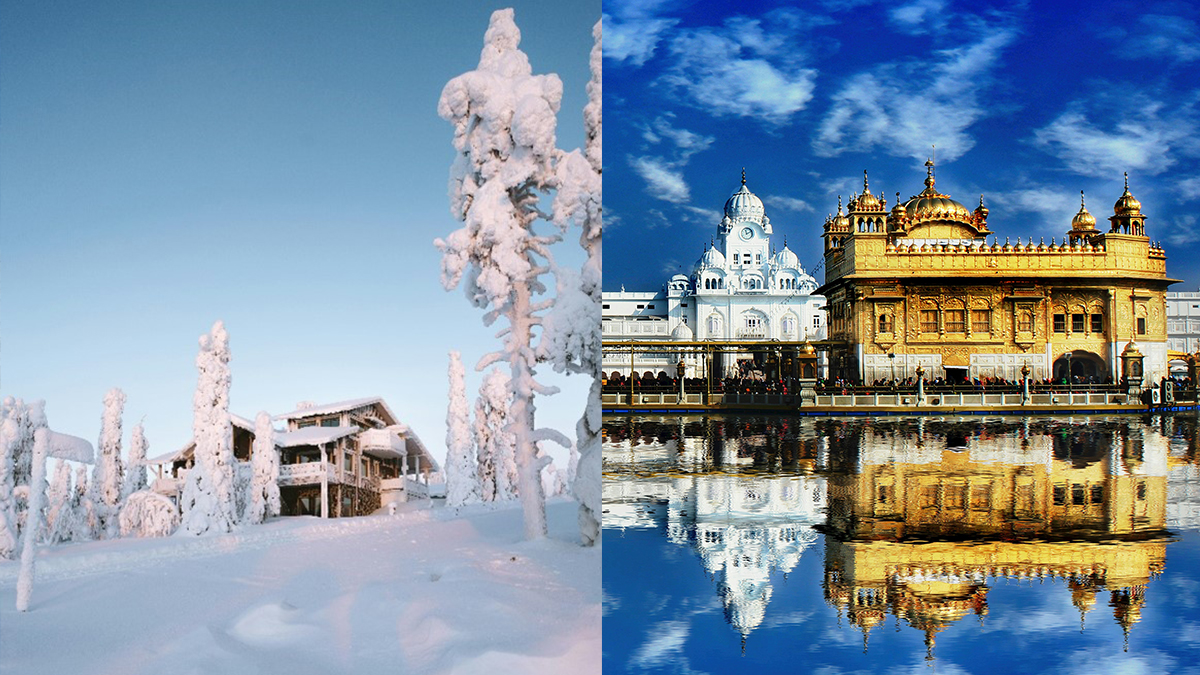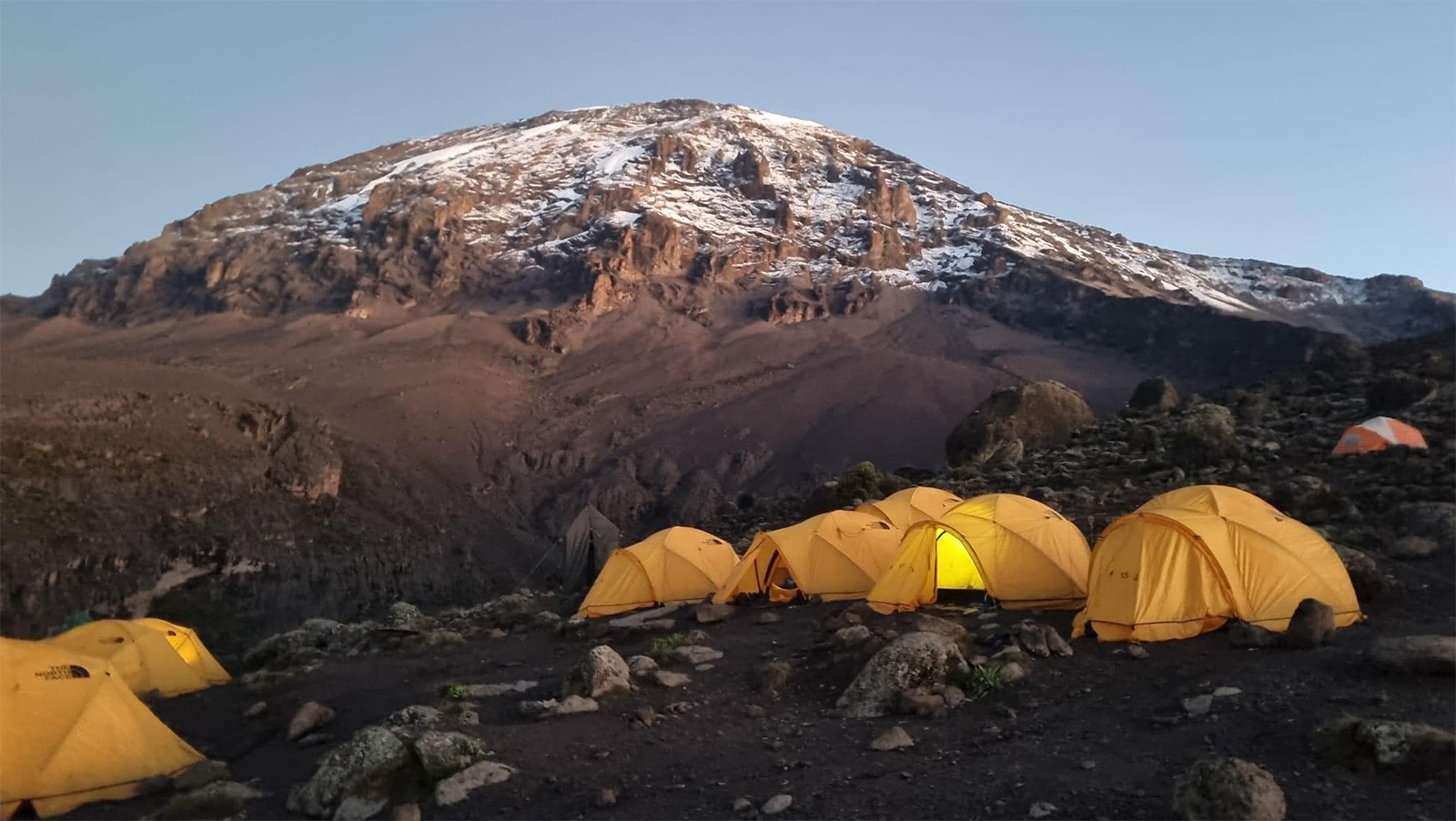By Ray Baker
The more you trek, the more you discover and Ray Baker shares his insights, learnings and yearnings from years of trekking.

A for Adventurous: the required mindset for trekkers. Your trek may take you to exciting, unusual and challenging places. Adapt to your surroundings, dare yourself to step into the unknown and strive to enjoy every moment.
B for Blisters: the bane of boot wearers. There are all sorts of blister remedies; tape, gel, pressure pads and petroleum jelly to name some but the best blister treatment is prevention, so wear in your boots before you go trekking. A well-constructed, good quality boot may need up to 20 hours of gradual wearing in before it can be trusted on a trek.
C for Carefully: the walking method you use to avoid falling over. Most trekking involves walking on rough trails. Keep your eye on the trail ahead and when you want to admire the scenery around you, stop walking!
D for Day Pack: the item of equipment that carries the stuff (see below – S for Stuff) you’ll need to get you through the trekking day. How much stuff you need to carry dictates the size of your day pack. On high altitude or cold climate treks you’ll start walking in the cool of the morning wearing multiple layers of warm clothing. As the day progresses and you warm up, you’ll need to shed some clothing to avoid overheating. Your Day Pack needs to be big enough to carry the clothes you take off.
E for Energy and Enthusiasm: your fellow trekkers want to be with—and will respond to—people who ooze E & E. Who wants lethargy and apathy as trekking companions?
F for Fatigued: a common condition toward the end of a long day on the trail. Also known as tired, dog tired and footsore (a dictionary of Australian Slang will give you other, more colourful versions). After being on your feet all day, perhaps carrying a heavy load, you have a right to be weary. But after a rest, a wash, a feed, a few laughs and a restful night in the cot, you’ll recover and be ready for more.
G for Grateful (for small mercies): imagine you’re trekking far from home… it’s a tough day on the trail and you’re three hours from camp… you’re fatigued (see above), feeling ill and it’s starting to rain. It’s then you remember that before setting off in the morning, you placed a 300gm block of fruit and nut dark chocolate in your day pack…
H for Help is at Hand: fortunately, most trekkers suffer no mishaps even though trekking often involves remote locations, hazardous trails and situations where good health may be compromised. Urgent, first rate medical assistance is not always available. Keen trekkers accept these risks. Smart trekkers never leave home without the protection of Travel Insurance. A comprehensive policy will include emergency medical evacuation and a 24-hour toll-free number to call if you get into trouble and need urgent assistance. I’ve been emergency medically evacuated on one occasion and I’ve also assisted medivacs. One aspect of this process is the outstanding professionalism and dedication of those who co-ordinate medivacs. When the first call is made, it’s relieving and comforting to speak to a friendly, reassuring person who is there to help. Travel Insurance – don’t leave home without it.
I for Instant Coffee: out on a remote trail, your favourite hipsta barista won’t be there to construct your caramel skinny soy latte with a love heart in the crema, but your caffeine craving must be satisfied. Don’t despair. There’s an easy to use, do it yourself alternative. All you need is a teaspoon, a cup or glass, boiled water and a jar of instant coffee. Milk and sugar are optional. Drink, then wait for the caffeine rush. Different drink, same result.
J for Just Passing Through: one of the joys of trekking is encountering people of different cultures and seeing sights unique to your chosen destination. As visitors, we are beholden to follow the tenets of Responsible Tourism. Basically, this means we treat the people, environment and economy of our host country, with care and respect. For an expanded version of this please click – here.
K for Kiss your Worries Goodbye: your trek may be a physical and mental challenge but you’ll only make it harder with the added burden of carrying a chip on your shoulder, or worrying about relationship and work issues you cannot control while you’re trekking. Leave that stuff at home and concentrate on what you need to do to have a happy trek.
L for Lip Balm: essential for high altitude treks. The cold, dry air and intense sunshine will irritate your lips, causing them to become cracked and dry. Try sipping your favourite instant coffee from a scalding hot metal mug with cracked lips! Lip balm is available in assorted flavours; my favourite is caramel skinny soy latte.
M for Mountains: not all treks involve mountains, but many of the best treks do. In the mountains, the trails may take you over high passes and to base camps. Some trails even lead to summits without the use of technical mountaineering equipment. Many treks keep to the low altitude foothills with the nearby peaks there as a beautiful, scenic back drop. Mountains don’t need to be high altitude, snow-clad Himalayan or Andean peaks to be impressive. An added bonus of trekking in the mountains is meeting the inhabitants of mountain communities; they tend to be friendly and hospitable.
N for Not a Morning Person? Oh dear, you’ll need to become one. Trekking days start early, sometimes before dawn. Wake up, get up, wash, pack, have breakfast and discuss and plan the day ahead. You need to be switched on and alert from the get go. But you’re not a morning person you say. You find it hard waking up, you hate getting out of bed and when you do you need to sit for a while and wait for the drowsiness to abate. You bumble, fumble, stumble and grumble through those early moments. Breakfast? You never have brekkie until 10am and that’s usually coffee and a crumpet. All is not lost though. Just like fitness training for trekking, you can train yourself to perform better in the early a.m. As for breakfast, don’t start your trekking day unless you’re fuelled up with a big feed.
O for Oh No! Heard from time to time while trekking, these ominous words often precede a statement of despair. Some examples being… “oh no, I’ve just stood in a cow pat… I forgot to re-charge my camera battery… my shampoo bottle has leaked inside my pack… the sole has come of my boot… I have leeches on my ankles… I’ve run out of clean underwear… I’ve run out of loo paper… I have a rash… I’ve broken a tooth… I’VE LOST MY PASSPORT!”
P for Period of Adjustment: approximately 10% of trekkers in developing countries go through a ‘Period of Adjustment’. This is the amount of time it takes for your gastro-intestinal system to settle down and normalise as it processes what you’ve subjected it to over the early days of your trip. Following a possible combination of airline food, jet lag, lack of sleep, an abrupt change in the weather, local spicy food, alcohol, a lengthy and rough road trip, a tough first day of trekking and a slack attitude toward personal hygiene – your immune system is now in a ‘run down’ condition and is likely to revolt against what you, the travelling trekker, has subjected it to. The result is known as traveller’s diarrhoea. There are other names – Delhi Belly, Montezuma’s Revenge, the Kathmandu Curse, etcetera. I’ve chosen to call it a ‘Period of Adjustment’ (often said sotto voce behind a cupped hand) as this sounds a more socially acceptable title for the affliction. If you suffered this malady at home, you’d throw a sickie and spend the day on the couch with bathroom amenities just down the hall. If it persisted, you’d see your doctor. On the trek however, you’ll have to cope as best you can and wait for your system to adjust and repair.
Q for Quiet reflection: in general, trekking involves action, energy and involvement. On some days, there’s never a dull moment. You’re up and about, interacting with others, discussing what you’re seeing, hearing and feeling. At day’s end, trekkers gather before dinner and talk about all manner of subjects. It’s pleasing to be part of a trekking community, to share experiences and to make, foster and enhance friendships. But trekking life need not be all social and there’s always an opportunity for quiet moments spent alone. Some trekkers meditate, practise yoga or Tai Chi. Some write expansive diaries, others read or listen to their favourite music through ear-phones. Trekking; the best of both worlds.
R for Risk Factor: things can go wrong when you’re trekking so give yourself the best chance of having a happy and successful trek by reducing risks. Most of this is common sense but some forget to apply these simple risk minimisations:-
- For travel in general, always purchase travel insurance (see above ‘H for Help is at hand’). Photocopy travel documents such as your passport and visa, vouchers and tickets and carry the copies separate to your original documents. Leave your overseas contact details and itinerary with family and friends so they can contact you in an emergency.
- Go online and register your travel details with Australian Department of Foreign Affairs and Trade (DFAT) Smart Traveller.
- Let your bank know if your travels will take you overseas, as some foreign ATM’s may not accept your credit card without your bank’s approval.
- If your trek will take you into areas of unsafe drinking water, carry iodine based sterilisation tablets which are far more effective than chlorine based tablets.
- Well in advance of your departure date, consult a GP who specialises in travellers’ health. Such professionals have current health information as it applies to your destination.
- Trail test all your clothing and equipment before departure. For example, you don’t want to find out that, in the event of torrential rain, your expensive rain jacket is two sizes too small.
There are many more things you can do to minimise the Risk Factor when you travel; obtain advice from your travel agent and other travellers, research your destination and use common sense.
S for Stuff: also known as equipment, gear, supplies, belongings and necessities. A tip – only take the stuff that’s recommended for your trek. If you take extra stuff that you think you’re going to need, you probably won’t need it; but you, a porter, or pack animal, will still need to carry it… all day… every day.
T for Trekking: also known as hiking, tramping, rambling, foot-slogging and traipsing. Some just call it walking. Whatever word you use, have fun out there.
U for Underdone in the Fitness Department: in general, a trek is rated easy, moderate or hard, to provide the aspiring trekker with a rough guide as to the fitness level required to complete it. In my experience, these descriptions are not much help at all. One person may find an easy trek to be hard, another may find a hard trek to be easy! Fortunately, there is a lot of information out there to help the novice trekker decide if he or she is fit enough to enjoy their chosen trek. Whatever the grading of your trek, it’s wise to do some walking training beforehand. The fitter you are the more you’ll enjoy your trek. If you’re fit, you’ll cope with any setbacks that may occur during your trek like: illness, injury, homesickness and culture shock. If you’re not fit, not enjoying yourself and generally unhappy, your trek companions may be affected. Also, your lack of fitness may place an extra strain on the local support crew, resulting in a lessening of the level of service in other areas.
V for Very Underdone in the Fitness Department: if this is you, contact a qualified fitness trainer. You’ll be given a fitness assessment test and then, based on the results, presented with a training plan designed to get you fit enough to tackle your chosen trek.
W for What the Hell Have I Got Myself Into? Occasionally, people choose to do a trek, not for themselves, but for others. The Kokoda Track is a prime example. Many people do Kokoda to raise funds for charity. They work hard on this and spend a lot of their time organising raffles, BBQs, Trivia Nights and other fund-raising activities. All their time and focus is on helping the charity but not enough on helping themselves prepare for a serious physical challenge like Kokoda. When the day of departure nears, the soon-to-be-trekking-Kokoda-person needs to have many boxes ticked to ensure they are ready. Fitness training, wearing in boots, health checks and vaccinations cannot wait for the last moment. A similar thing happens if you elect to go trekking because somebody else, like a family member, friend or work colleague, is doing it and invites you to join in. Maybe, the thinking around this is: “If Fred is doing this trek, it must be easy to organise and complete.” Not realising that Fred is well organised with his training, his equipment, his paperwork and such. If Fred doesn’t volunteer as the guru of all things trekking then you, the follower, must organise yourself. Start early with your preparation, go into it with your eyes wide open and you won’t find yourself in a strange environment, unprepared, uncomfortable, unfit and asking yourself, “What the hell have I got myself into?”
X for X-factor! Many treks have icon status: the Kokoda Track has the World War II heritage; Kilimanjaro is the highest mountain in Africa; Khumbu in Nepal has Everest Base Camp; and the Inca Trail in Peru ends at Machu Picchu, the Lost City of the Incas. Many treks also have the X-factor; an inexplicable or indescribable quality that draws people to it and prompts some to return. It’s a personal thing.
Y for Yay, let’s go Trekking: because You Only Live Once so This Life is Not a Dress Rehearsal for the Next One.
Z for Zip Lock Bags: the ZLB is a marvellous piece of equipment most probably invented by a regular trekker. They come in a range of sizes and as a container they protect, preserve and provide proof that plastic bags, reused and re-cycled, still have a place. ZLB keep passports and cash waterproofed; they keep your trail mix fresh and their see-through quality makes items easily identifiable. These sturdy little beggars last for more than one adventure so please don’t chuck ‘em after your trek.
Ray Baker is an experienced trek leader who has conquered and led treks in Nepal, India and on the Kokoda Track for decades. He is a qualified fitness trainer and a Director at Back Track Adventures.






